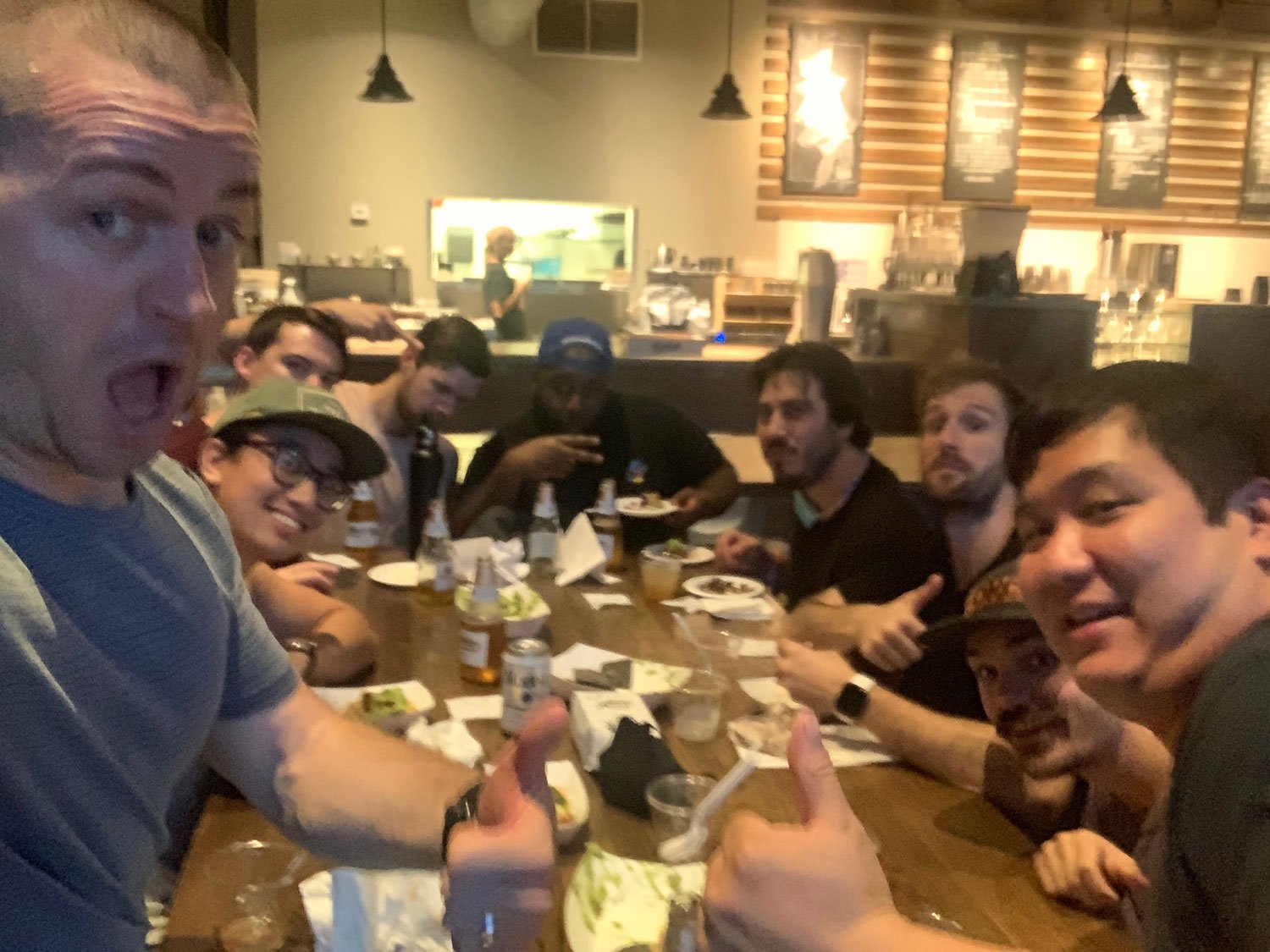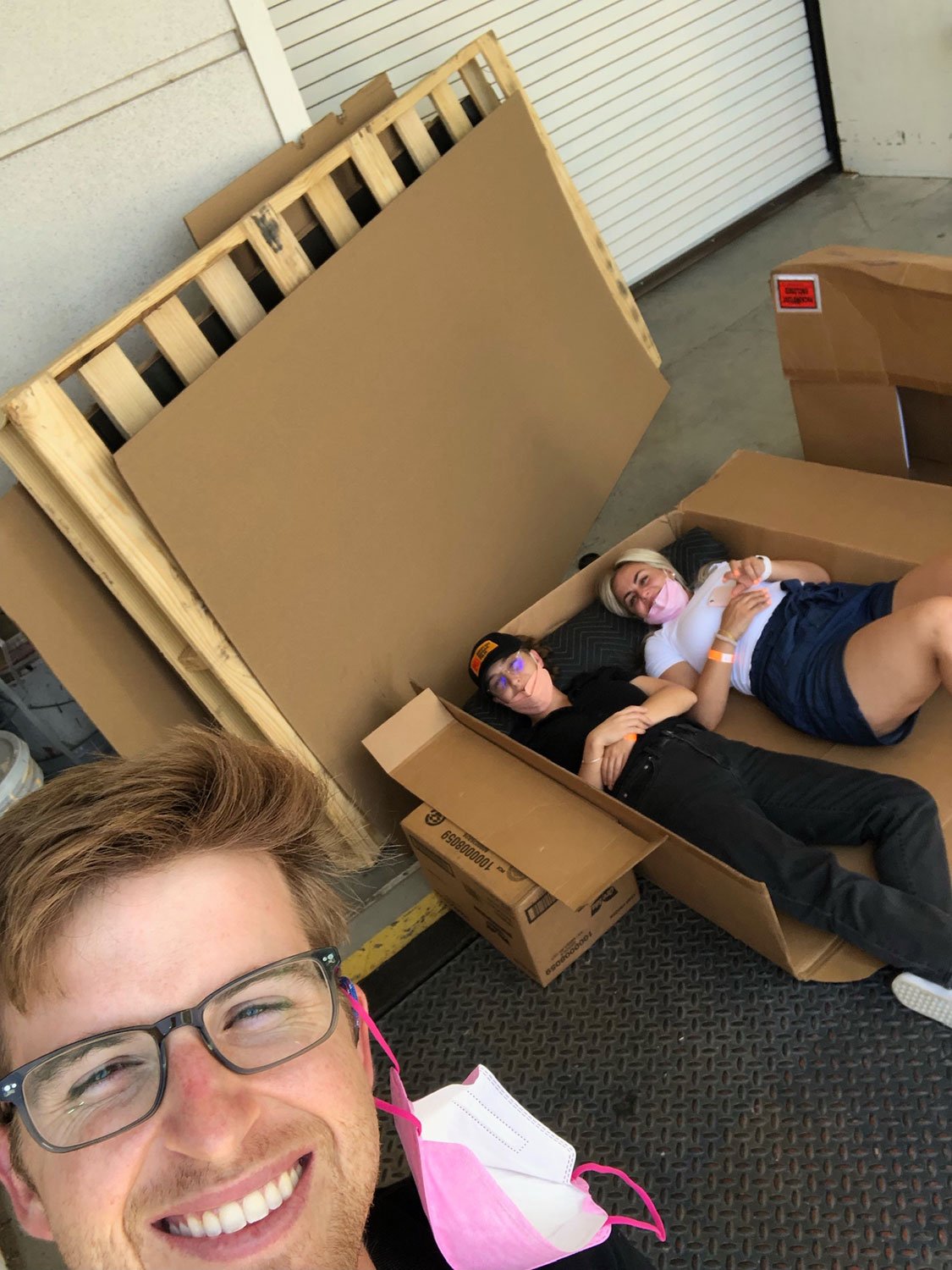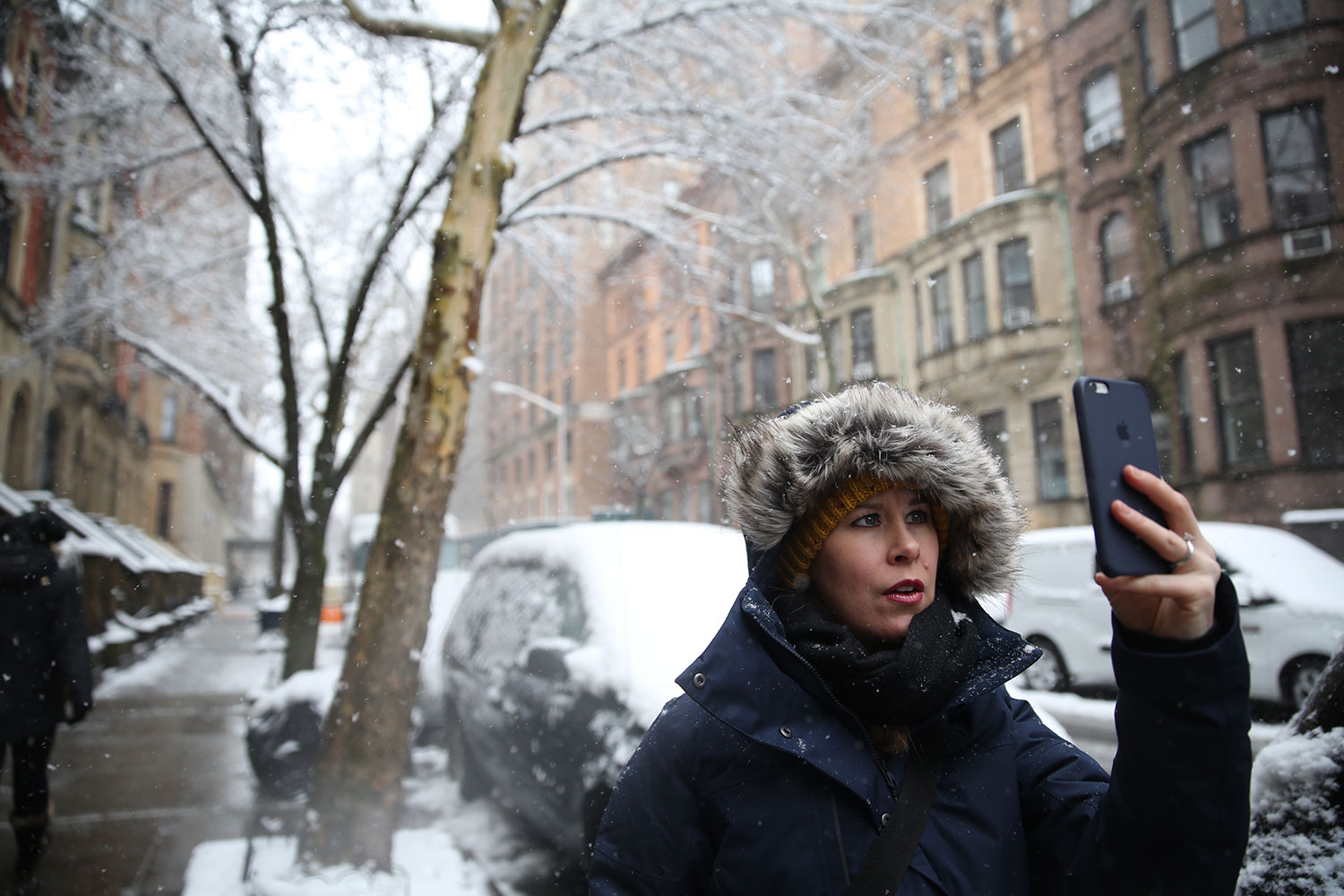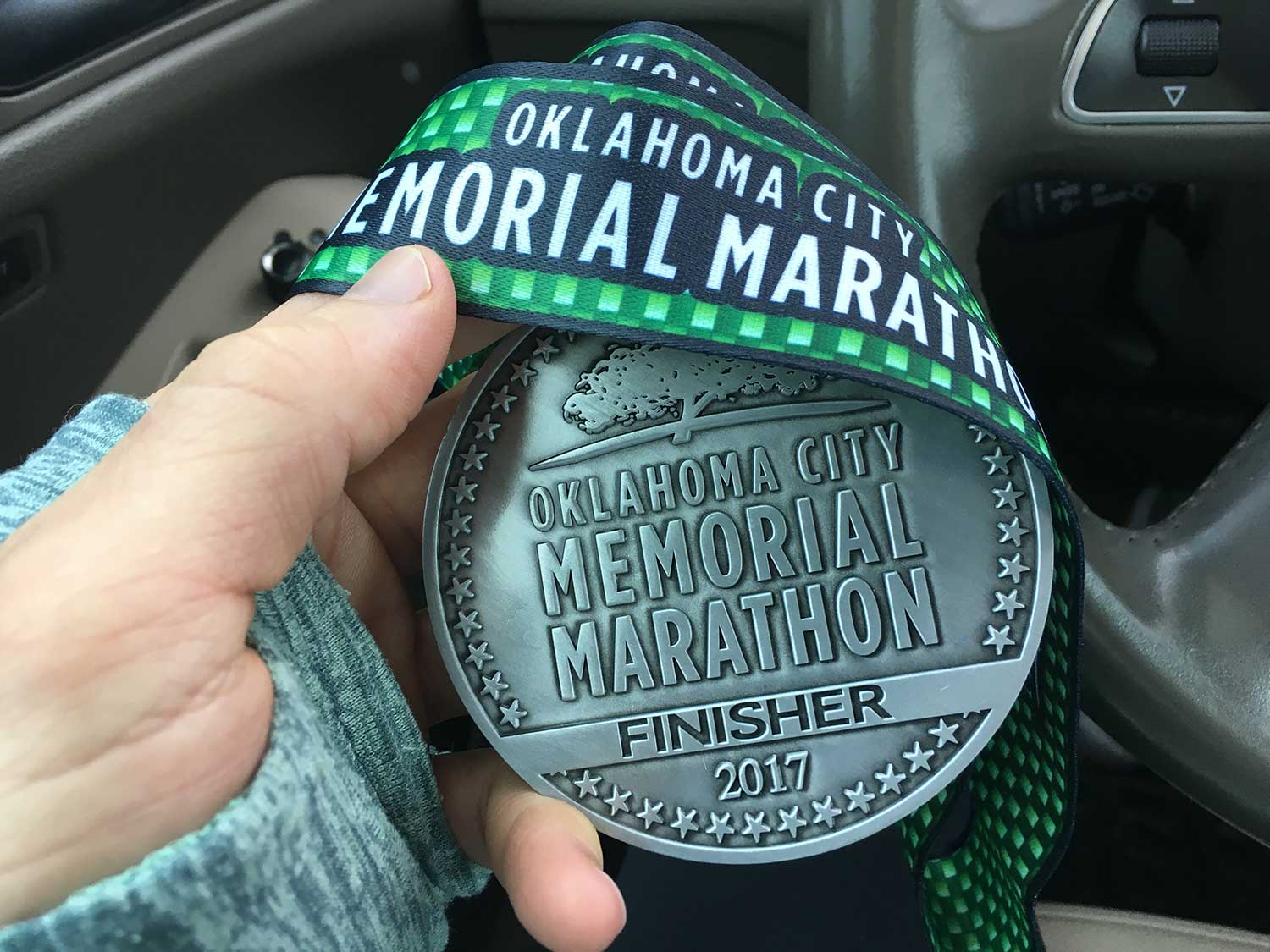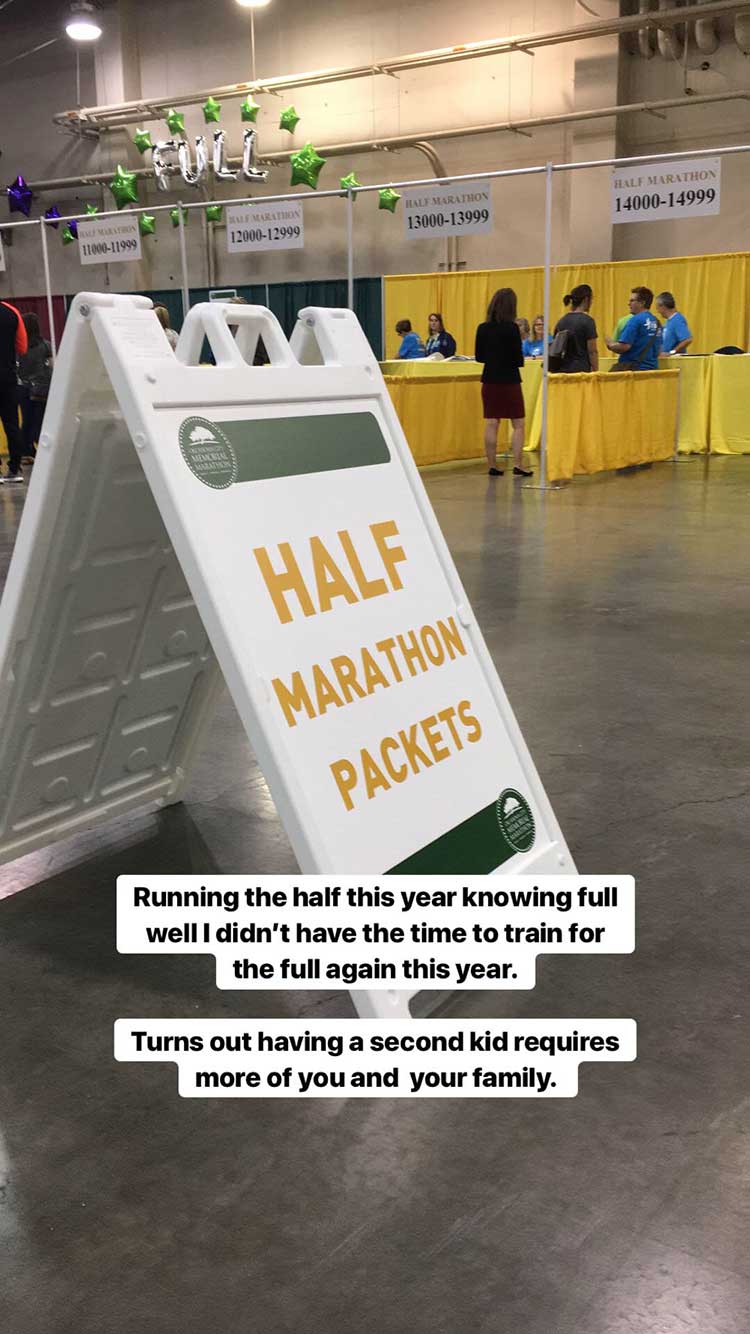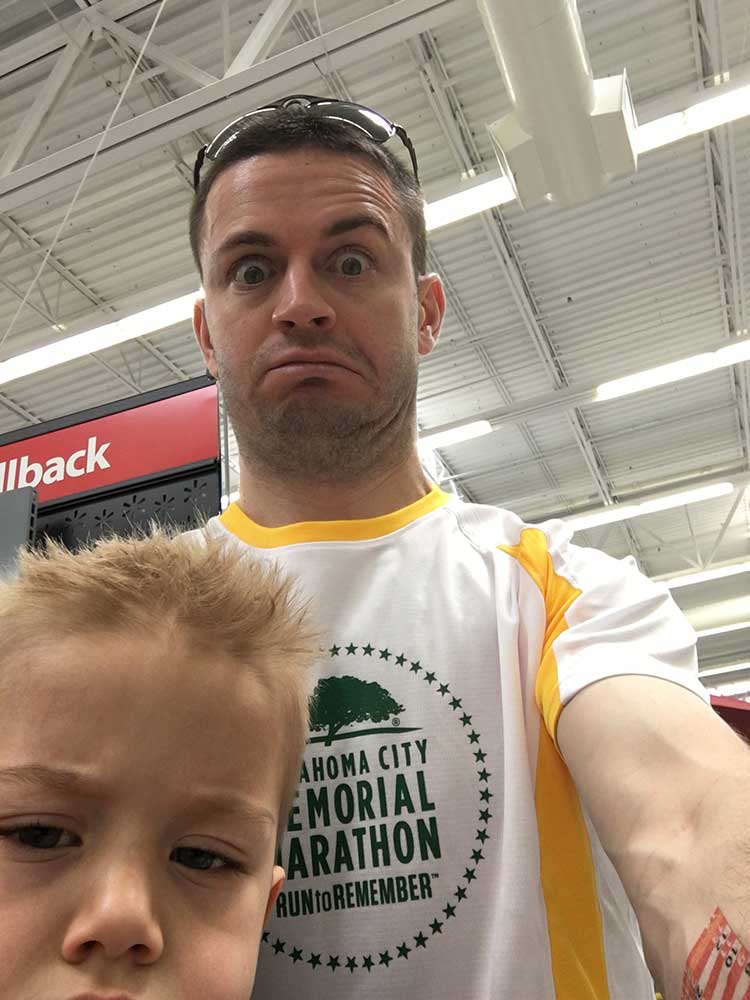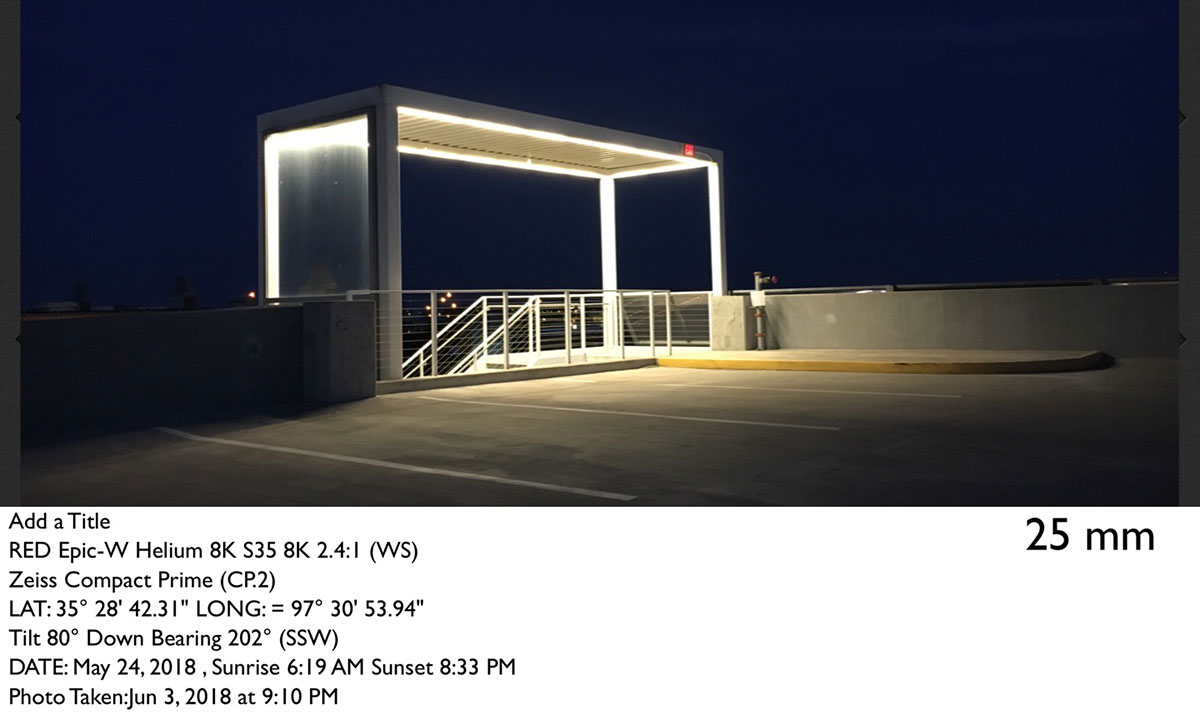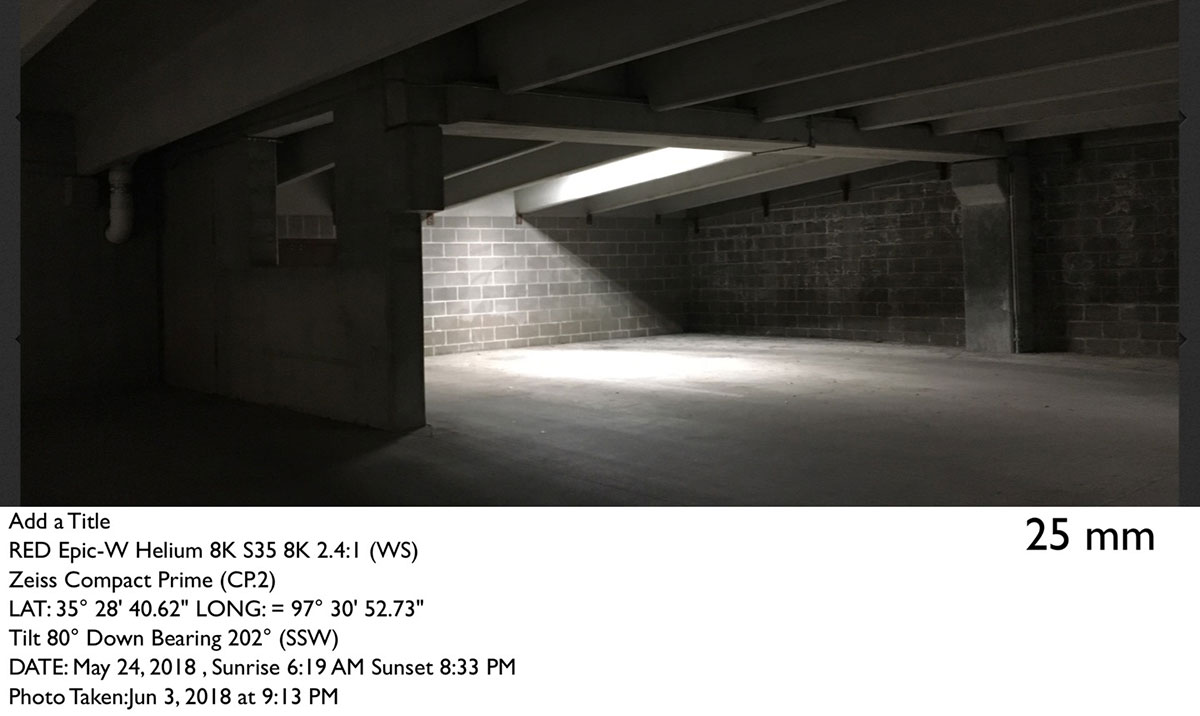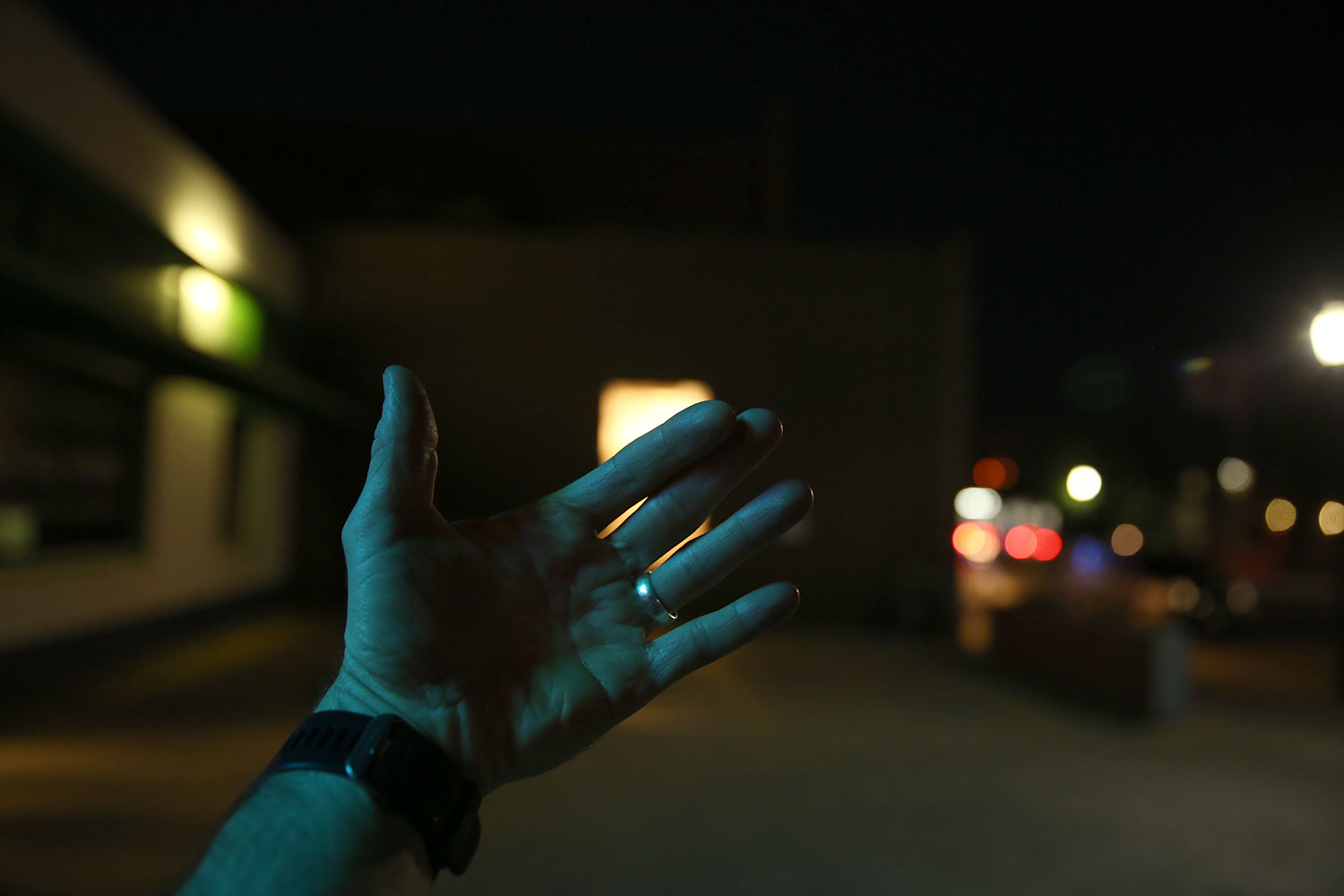Finally finished up this two week documentary shoot in Tulsa, Oklahoma. Well, Broken Arrow to be exact. We were working 12 hour days, six days a week. The timecards I'd filled out had us working something near 70 hours each week. Thank goodness for direct deposit and clients actually paying in a timely manner.
We're not supposed to share project details at this point, but I'll go out of my way to mention how great an experience it was. We absolutely got worked like dogs, but from my perspective, I felt like the leadership and production teams went out of their way to try and make us feel supported and empowered to do out best work. Treating production crew well shouldn't be the exception. I can't say enough about how rare that is in my professional experience.
I've been on these types of longer, intense documentary jobs in the past and in the days leading up to this one I was overly anxious due to countless bad experiences. Making this kind of creative nonsense is incredibly resource intensive and I can't tell you how often I'm on jobs with clients and producers who seem to go out of their way to cut corners. I'd only had a few phone calls and emails with my direct supervisor and I'd never heard of the rest of the crew.
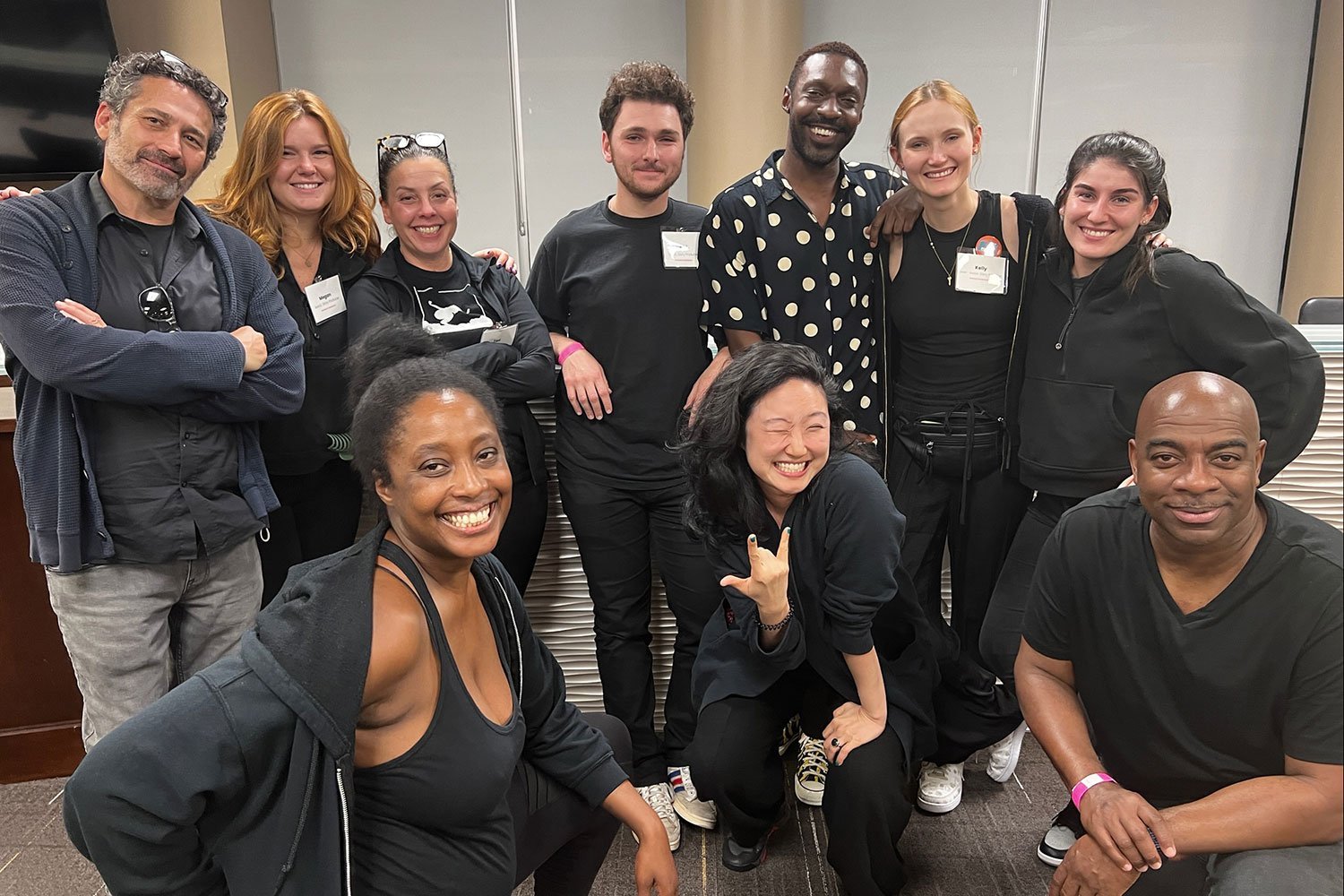
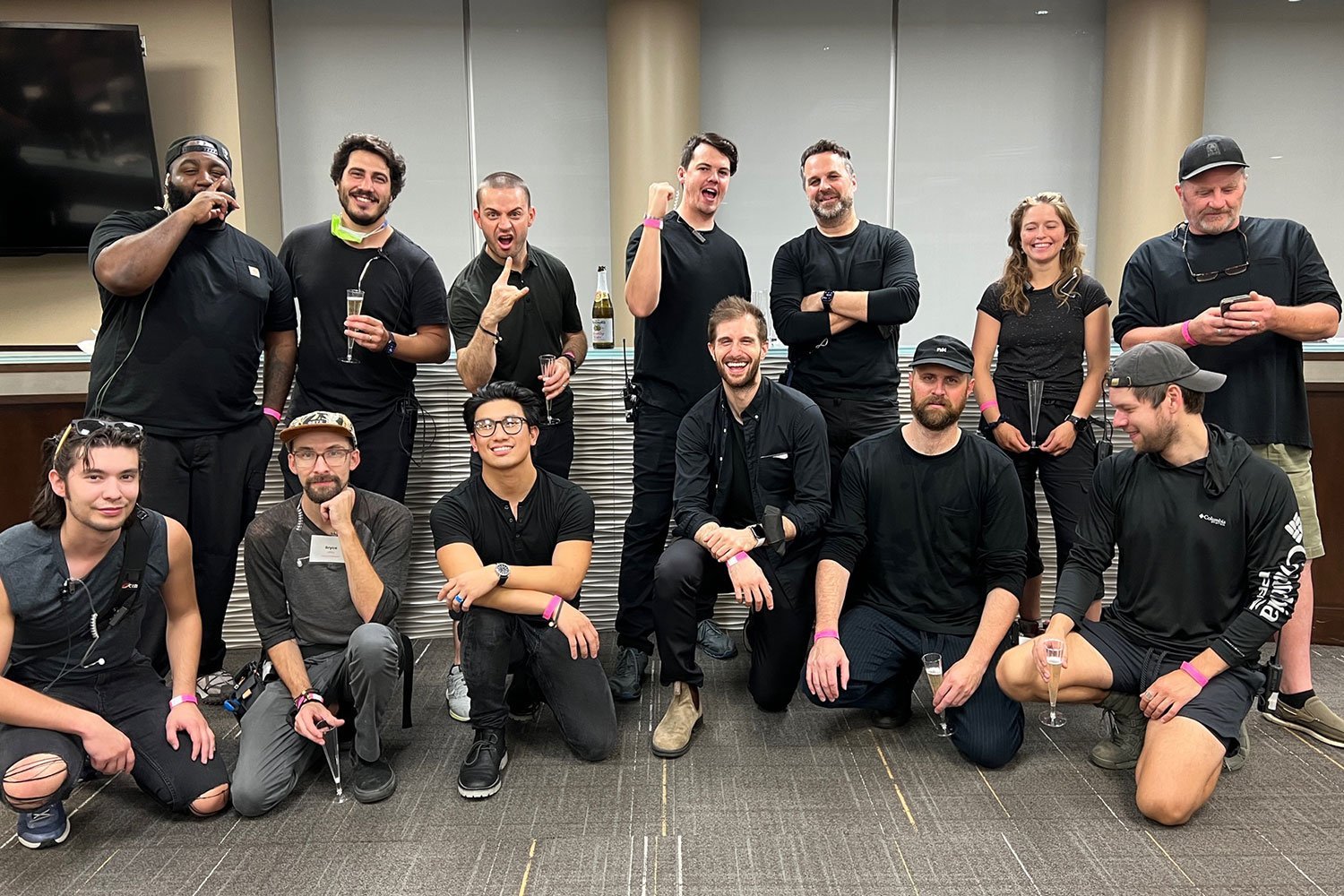
On our prep day before the shoot, I literally cried seeing the mountain of gear cases that'd come in from a well known New York rental house. The leadership actually built in the time we needed – and paid us our full-rate – to build out our camera packages and trouble shoot the inevitable hiccups that come with that amount of gear. By the end of the two week show, we had nine cameras all sending video feeds to multiple locations on set in addition to the sound and story teams. Dealing with that amount nonsense plus everything else isn't something that just happens on its own.
There were some major take aways from this project. First, it seems like everyone on set already had some solid production experience and brought that expertise with them. I blame the leadership for putting a solid crew together. Second, we all seemed to connect and work well together, like we all were all working towards a similar goal. Again, I blame the leadership. They made the hiring decisions and brought in crew from all over the country (NYC, LA, Albuquerque, Atlanta, Dallas, OKC/Tulsa, etc.). Third, there was also a strategic move – in my opinion – in bringing us in early and doing a big meal before the shoot. There were like 24-30 of us crashing a fancy Italian place in Tulsa and they spent a good deal of money on that meal, but that early time together gave us a chance to connect before we were thrown into the fire. We lost a few crew members during two week shoot due to Covid infections and other commitments, but I honestly think that initial crew meal was key in setting the tone. Some of the team already knew each other, but most of us were new and barely knew anyone. Throughout the rest of the show, we went out of our way to spend time together outside of the 12-14 hour work days.
Again, treating production crew well shouldn't be the exception. At one point we mutinied against the catering brought in for our daily production meals. There were also some communication hiccups along the way, but we all worked together to figure things out and do the thing. At the end of the show and after I'd taken off my EasyRig and walkie-talkie for the last time, I cried as I walked to my car and drove back to the hotel knowing it was the last time I'd be working with this specific team of people. Again, I point to the leadership for making this such a good experience, worts and all.
No clue when the documentary project will come out, but I'll keep you in the loop.
UPDATED Feb. 2024
Did want to toss out a bit of an update with this here blog post. The actual film has yet to come out, but in the course of my MBA I've now had multiple classes cover this TED Talk from Margaret Heffernan: "Why it's Time to Forget the Pecking Order at Work."
Via the video's YouTube description:
Organizations are often run according to “the superchicken model,” where the value is placed on star employees who outperform others. And yet, this isn’t what drives the most high-achieving teams. Business leader Margaret Heffernan observes that it is social cohesion — built every coffee break, every time one team member asks another for help — that leads over time to great results. It's a radical rethink of what drives us to do our best work, and what it means to be a leader. Because as Heffernan points out: “Companies don’t have ideas. Only people do.”
Each time I've seen this video I can't help but think about this Summer 2022 documentary team and how the leadership intentionally built in time for us as crew members to connect. It's tough to accomplish that on the typically short freelance jobs I'm on where we're usually on set for only a day, maybe two or three at most. Given the chance though, it's in the leadership's best interest to adopt this kind of mindset.



